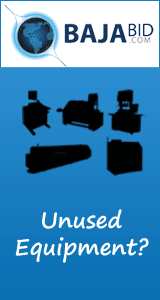Printed Circuit Board Assembly & PCB Design Forum
SMT electronics assembly manufacturing forum.
- SMTnet
- »
- Electronics Forum
- »
- Tarnished surface upon cleaning with DI water + saponifier
Tarnished surface upon cleaning with DI water + saponifier
![]() Anyone who has experienced and resolved tarnishing of Alumin...
- Dec 17, 2003
by
Anyone who has experienced and resolved tarnishing of Alumin...
- Dec 17, 2003
by
![]()
![]() Your conversion coating will not do dip about preventing cor...
- Dec 17, 2003
by
davef
Your conversion coating will not do dip about preventing cor...
- Dec 17, 2003
by
davef
![]()
![]()
![]() Dave is absolutely right! A question is there free standing...
- Dec 22, 2003
by
Dave is absolutely right! A question is there free standing...
- Dec 22, 2003
by
![]()
![]() We have an automatic washer that is using DI water in the fi...
- Feb 13, 2004
by
We have an automatic washer that is using DI water in the fi...
- Feb 13, 2004
by
![]()
![]() Ashok,
It is most likely not the DI water that is attacki...
- Feb 13, 2004
by
Ashok,
It is most likely not the DI water that is attacki...
- Feb 13, 2004
by
![]()
![]() So Deionized water has high ion concentrations, never knew t...
- Feb 13, 2004
by
So Deionized water has high ion concentrations, never knew t...
- Feb 13, 2004
by
Ashok Dhawan
- SMTnet
- »
- Electronics Forum
- »
- Tarnished surface upon cleaning with DI water + saponifier





.gif)
